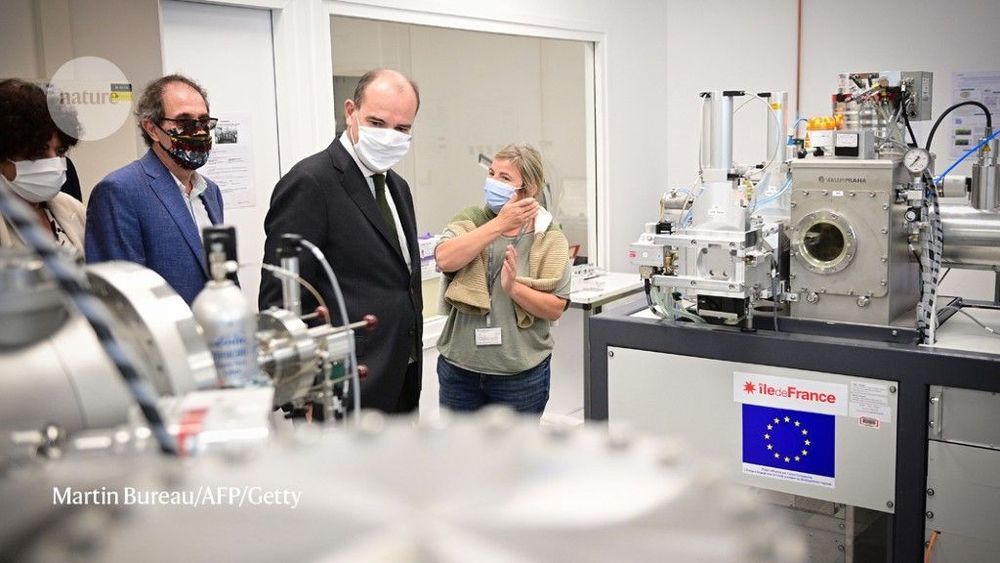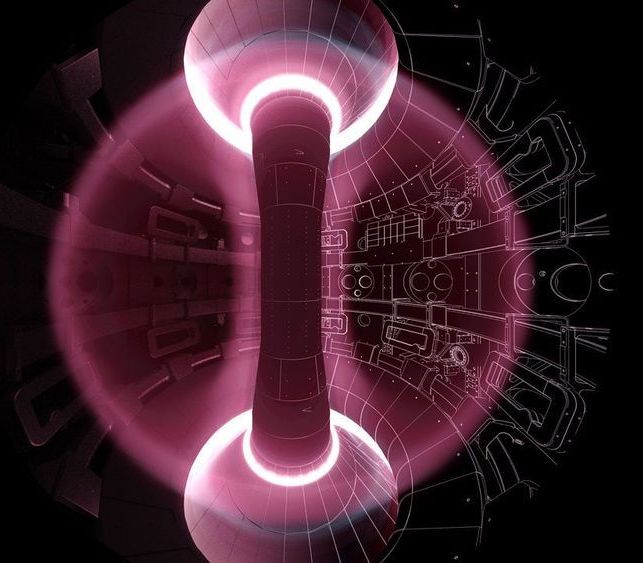Security flaw lets attackers escape sandboxes designed to contain malicious code.



The result is a science park and university campus that offers degrees at all levels. It hosts more than 300 labs and advanced research equipment, such as the SOLEIL synchrotron. About 100 companies and 6 of France’s public research organizations, including the national research agency CNRS, have a presence there. That combination — of the university with national facilities — is powerful, says Price. The park accounts for an estimated 15% of France’s public and private research. About 30,000 people work or study at Saclay, and this is projected to rise to 80,000 by 2030.
The lab has no overall scientific project, and has added an extra layer of management, says Fayard, although he concedes that the coronavirus pandemic has complicated the lab’s first months. “I fear the lab will have to work hard not to fall between two stools — it is too big to be efficient, but not big enough to invest alone in major local infrastructures.”
But Oliver Brüning, a particle physicist at CERN, Europe’s particle physics lab near Geneva, Switzerland, who spent time working at LAL, says he thinks the new lab has greater weight and influence than did LAL alone.
Saclay’s second-largest lab, the Institute for Integrative Biology of the Cell (I2BC), covers five biology disciples, including structural, cell and genome biology. More than 700 people, employed by national research agencies and universities, work there. Director Frédéric Boccard says it is too soon to judge whether the Paris-Saclay model is a success for research. “But it is extremely promising.” Boccard adds that having a critical mass of technological equipment means that the lab has attracted collaborators from all over France and many other countries, including Germany, the United States and Russia.


🌔 An agreement with ESA — European Space Agency to collaborate on #Artemis
💧 Our SOFIA Stratospheric Observatory for Infrared Astronomy finds water molecules on the Moon’s sunlit surface
🛰️ NASA’s OSIRIS-REx Asteroid Sample Return Mission successfully stows the sample it captured from asteroid Bennu.
Watch: youtu.be/XkzB4UZe1JE
Shrinking Down
In a bid to sell more than “several dozen” models, the company is now working on a more accessible, miniature version that records and transmits holograms without taking up the entire height of a room. And, company founder David Nussbaum tells TechCrunch, it comes with new subscription features.
“The minis will be bundled with content like Peloton and Mirror bundled with very specific types of content,” Nussbaum said. “We are in conversations with a number of extremely well-known content creators where we would bundle a portal but will also have dedicated and exclusive content.”
You can buy Universe Sandbox 2 here: http://amzn.to/2yJqwU6
Or get a shirt: https://teespring.com/stores/whatdamath
Hello and welcome! My name is Anton and in this video, we will talk about some of the new discoveries about Venus Flytrap — the most well known carnivorous plant.
Little Shop of Horrors: https://upload.wikimedia.org/wikipedia/commons/8/87/TheLittl…ebmhd.webm
Video used: https://www.youtube.com/watch?v=K-fFqCkZfGE
Paper: https://www.nature.com/articles/s41477-020-00773-1

Astronomer Eamonn Kerins with the University of Manchester has developed an approach to looking for intelligent extraterrestrial beings on other planets that involves using game theory. He has written a paper describing his ideas and has uploaded it to the arXiv preprint server.
The current approach to looking for intelligent life on other planets is basically two-pronged. One approach involves scanning the skies looking for signals from space that could be created by intelligent beings. The other involves scanning the sky for evidence of exoplanets that appear to be habitable. Kerins suggests that a way to meld the two approaches into a logical systematic search for extraterrestrial intelligence is to use some of the logic inherent in game theory.
Kerins starts by noting that it seems possible that the reason scientists on Earth have not discovered signals from beings on other planets is because they are not sending any, fearing that doing so might draw the attention of unfriendly adversaries. He further suggests that if others are out there, they might be listening just as intently as we are. This leads to the SETI paradox, in which everyone is listening but no one is sending. And it also leads to the question of how such a paradox could be resolved. He notes that game theory suggests that both parties should agree that the party with more access to information should be the one that transmits first to the other.

Angelika Amon, professor of biology and a member of the Koch Institute for Integrative Cancer Research, died on Oct. 29 at age 53, following a two-and-a-half-year battle with ovarian cancer.
“Known for her piercing scientific insight and infectious enthusiasm for the deepest questions of science, Professor Amon built an extraordinary career – and in the process, a devoted community of colleagues, students and friends,” MIT President L. Rafael Reif wrote in a letter to the MIT community.
“Angelika was a force of nature and a highly valued member of our community,” reflects Tyler Jacks, the David H. Koch Professor of Biology at MIT and director of the Koch Institute. “Her intellect and wit were equally sharp, and she brought unmatched passion to everything she did. Through her groundbreaking research, her mentorship of so many, her teaching, and a host of other contributions, Angelika has made an incredible impact on the world — one that will last long into the future.”

The United Kingdom’s revamped fusion reactor, known as the Mega Amp Spherical Tokamak (MAST) Upgrade, powered up for the first time yesterday after a 7-year build. The £55 million device will be a testbed for technologies critical to all future fusion reactors, and may provide a stepping stone to a new design of energy-producing facility.
Tokamaks are the frontrunners in the decadeslong effort to generate energy by fusing light elements together. These doughnut-shaped vessels contain a superhot ionized gas—or plasma—of hydrogen isotopes that is constrained with powerful magnets and heated by microwaves and particle beams. (ITER, a gigantic tokamak under construction in France, is a major focus of global efforts to realize fusion power.)
MAST is a variation on the standard tokamak; it is shaped more like a cored apple than a doughnut. Researchers believe that shape can confer greater stability in the roiling plasma than a doughnut-shaped tokamak, but it is less well understood than the traditional design. MAST first tested the concept on a large scale starting in 1999 and has now been upgraded with extra heating power, new technology for extracting heat from the plasma, and other improvements. A parallel effort at the Princeton Plasma Physics Laboratory, called the National Spherical Torus Experiment (NSTX), was similarly upgraded. Soon after restarting in 2016, however, NSTX suffered a magnet failure and is now being rebuilt.
